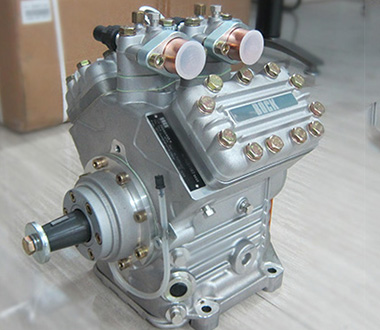
The one-dimensional analytical model of gas-liquid two-phase distribution from the header towards parallel pipes is presented in. Due to its complexity, the problem of two-phase maldistribution from the header has been less investigated analytically or numerically with Computational Fluid Dynamics (CFD) approach. The experimental results show that two-phase maldistribution in the header is influenced by a number of conditions, such as headers’ position in respect to gravity action, headers’ length and inner diameter, orientation and a number of parallel evaporating channels, two-phase mixture velocities and qualities at the header inlet, etc. The investigation of uneven feeding of horizontal evaporating channels from vertical headers is presented in. Uneven liquid and vapour phase distributions both to upward and downward vertical channels are reported. Results of stratified liquid and vapour flow in horizontal headers are presented in. The maldistribution of the two-phase mixture from the header into the parallel channels has been a topic of extensive experimental investigations.

Channels with a lower inlet liquid flow rate are dried-out and the hotter outside air stream could not be effectively cooled only by the remaining refrigerant vapour flow.

The cause of this problem is uneven feeding of the evaporator’s parallel channels with the refrigerant liquid phase from the two-phase mixture stream in the header. Under medium operating conditions, temperature stratification in the air stream at the exit of the evaporator is observed, which might lead to passengers’ discomfort.

N Seeds, in Vehicle Thermal Management Systems Conference Proceedings (VTMS11), 2013 1 IntroductionĪutomotive air conditioning systems operate under variable loads in order to provide passengers’ comfort under wide outside temperature conditions.


 0 kommentar(er)
0 kommentar(er)
